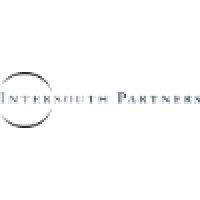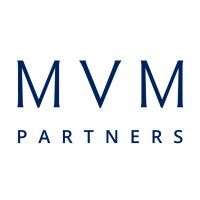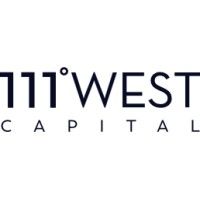Enhancing Accounts Receivables for Medium Businesses

Managing accounts receivables efficiently is crucial for the financial health of medium-sized businesses. It presents both challenges and opportunities for growth and stability.
In today's dynamic business environment, delayed payments, inaccurate invoicing, and ineffective collection processes can hinder cash flow and profitability. However, optimizing accounts receivables can unlock working capital and improve relationships with customers.
Challenges in Accounts Receivables for Medium Businesses
1. Limited Resources: Medium businesses often lack dedicated teams or systems for accounts receivables management.
2. Payment Delays: Late payments from clients can disrupt cash flow and impact business operations.
Solutions and Strategies
Implementing effective solutions can streamline accounts receivables processes and drive performance:
- Utilize accounting software to automate invoicing, payment reminders, and reconciliation.
- Establish clear credit policies and terms to prevent payment delays and minimize risks.
- Regularly review aging reports and follow up with customers proactively to expedite payments.
By adopting these strategies, medium businesses can enhance cash flow, reduce bad debts, and strengthen financial stability.
Implementation Steps
- Assess current accounts receivables processes and identify pain points.
- Invest in suitable accounting software or tools to automate repetitive tasks.
- Train staff on efficient invoicing, collection techniques, and customer communication.
Continuous monitoring and refinement of accounts receivables strategies are essential to adapt to changing business needs and market conditions.
Optimizing accounts receivables is a strategic imperative for medium businesses to sustain growth and financial health. By implementing efficient processes and leveraging technology, businesses can mitigate risks, improve cash flow, and foster long-term success.











